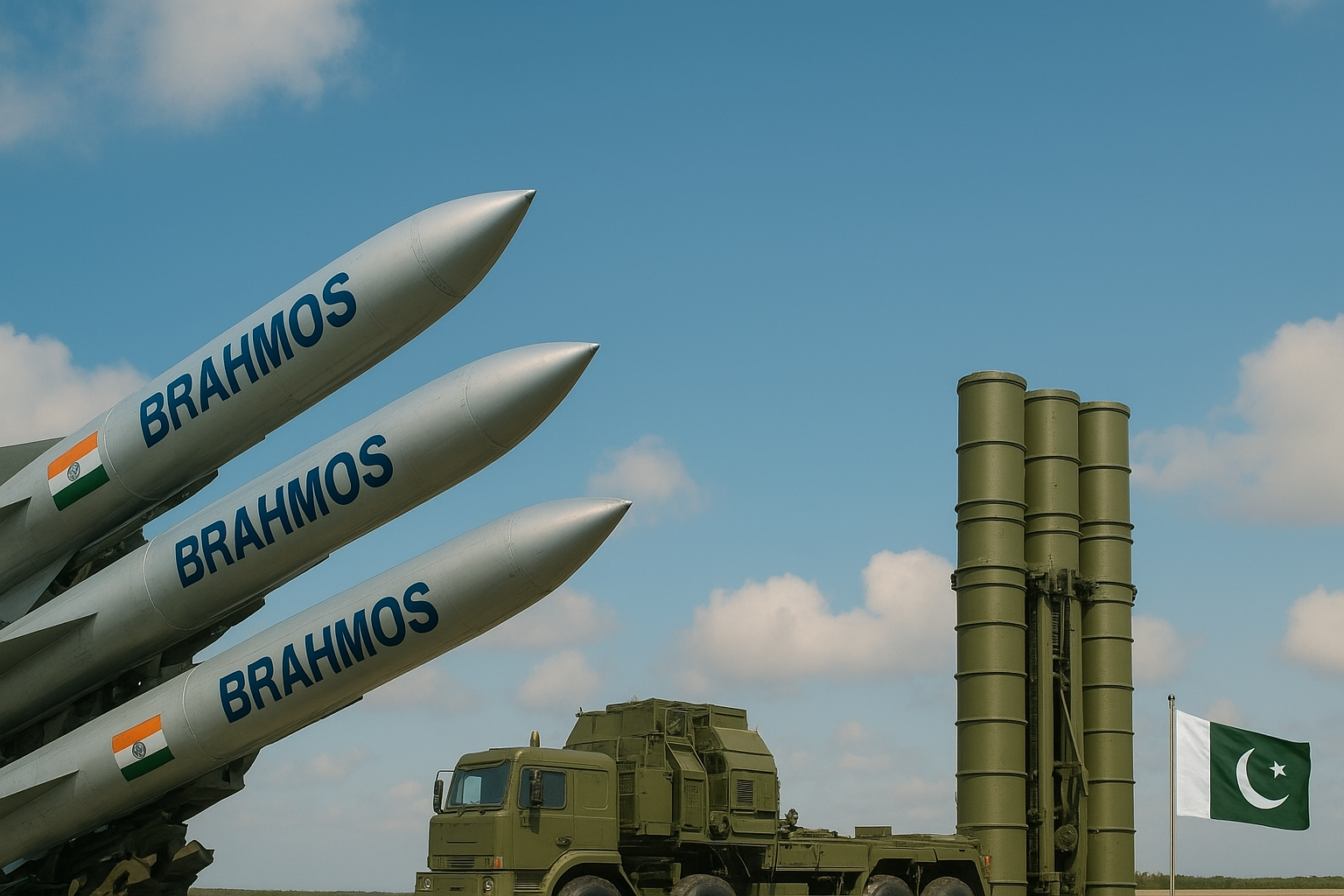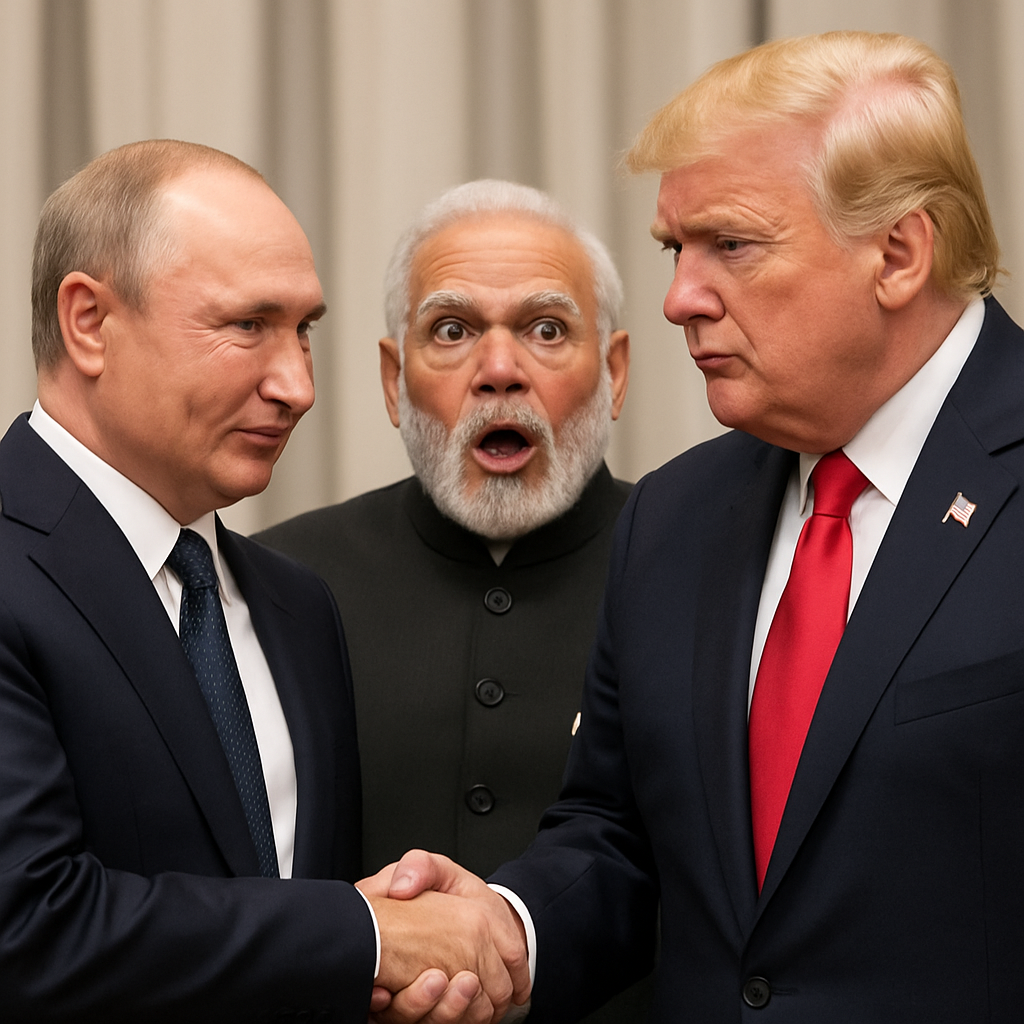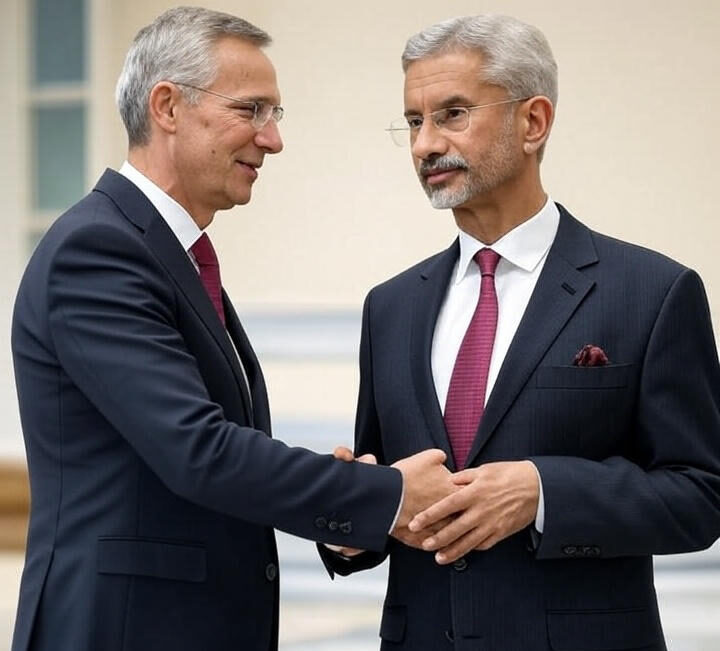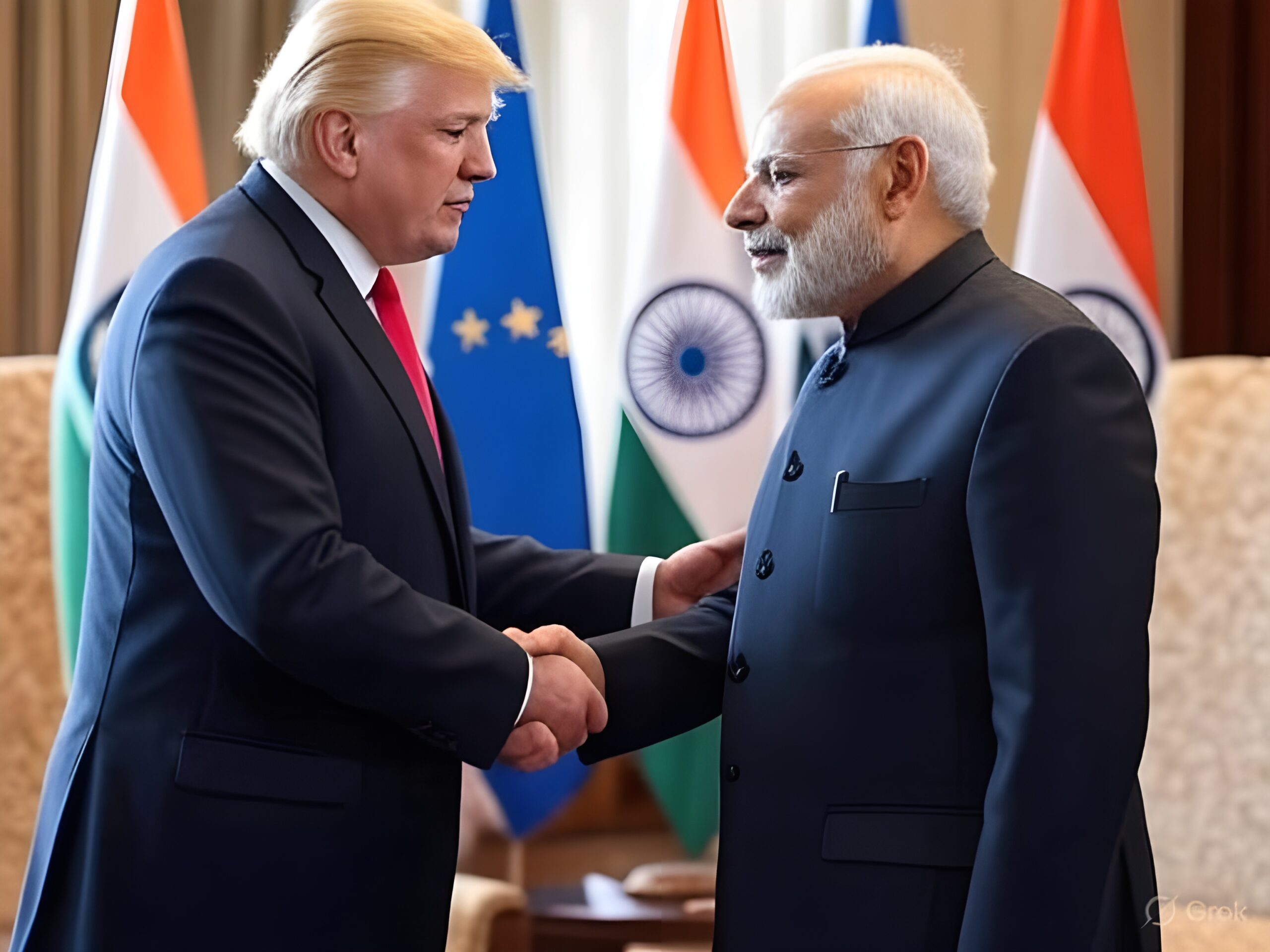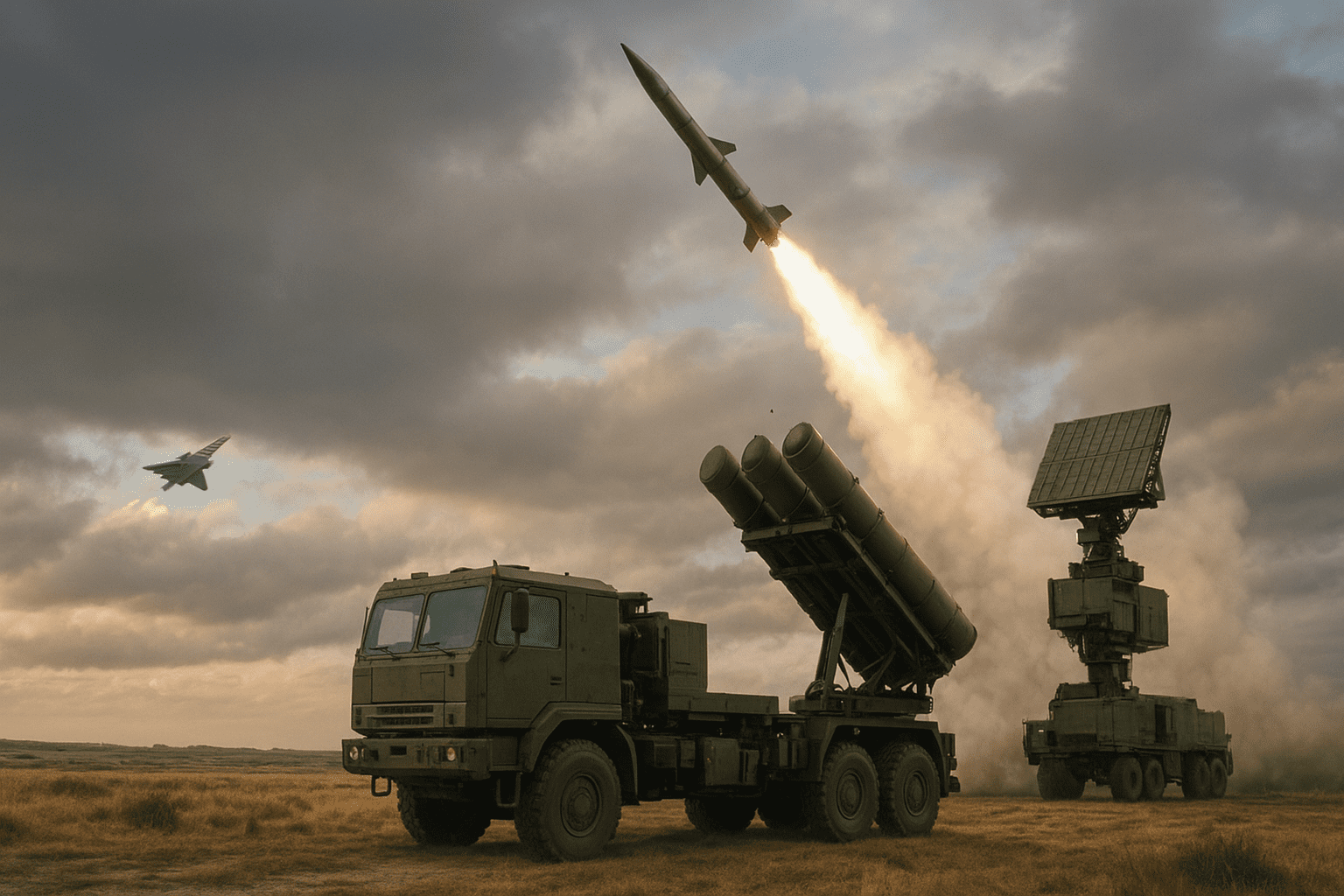A recent flurry of high-level visits between Saudi Arabia and Pakistan has culminated in a significant, though not yet fully detailed, defense agreement. This pact, extending beyond mere arms sales into joint production, technology transfer, and enhanced military training, sends ripples across the geopolitical landscape. While global analysts will dissect its impact on the Middle East power balance, for India, a nation perpetually vigilant about its western frontier, this development demands an urgent and clear-eyed assessment from a singular lens: Indian national security.
Facing a perceived existential threat from a nuclearizing Iran and an increasingly unreliable United States, Saudi Arabia’s defense pact with Pakistan is a calculated move to outsource its security. By leveraging Pakistan’s large, Sunni-majority military, the Kingdom is essentially purchasing an insurance policy—using its financial might to secure a pledge of Pakistani manpower, weapons, and strategic depth to counter Iranian influence and ensure its own survival in a volatile region.
This article unpacks the facts, fears, trajectories, and pragmatic policy options for New Delhi.
The Anatomy of the Deal: More Than Just Weapons
While the exact fine print remains confidential, the deal’s outlined components are telling:
- Joint Defence Production: Moving beyond a buyer-seller relationship to co-manufacturing military hardware. This could include munitions, armoured vehicles, and potentially even drones or aerospace components.
- Technology Transfer: Saudi investment in Pakistan’s defence industry implies a flow of technology and capital, potentially upgrading Pakistan’s ageing military-industrial complex.
- Enhanced Military Training and Exercises: Regular joint exercises between the Saudi and Pakistani militaries will increase interoperability, giving the Pakistan Army valuable experience and exposure.
- Intelligence Sharing: A critical and concerning aspect, likely to include shared assessments on regional threats, which from Pakistan’s perspective, is invariably India-centric.
What isn’t clear / not in the public text (so far)
- The agreement does not explicitly mention nuclear weapons or a clear, legal binding nuclear guarantee (i.e. a “nuclear umbrella”) in publicly disclosed text.
- There is no detailed clause in public sources that outlines under what conditions the pact would automatically trigger military response, the scale of response, or whether it includes pre-delegated authority.
- The precise definition of “aggression” (what qualifies: conventional attack, non-state actor, cyber, missile, nuclear, etc.) is not clearly delineated publicly.
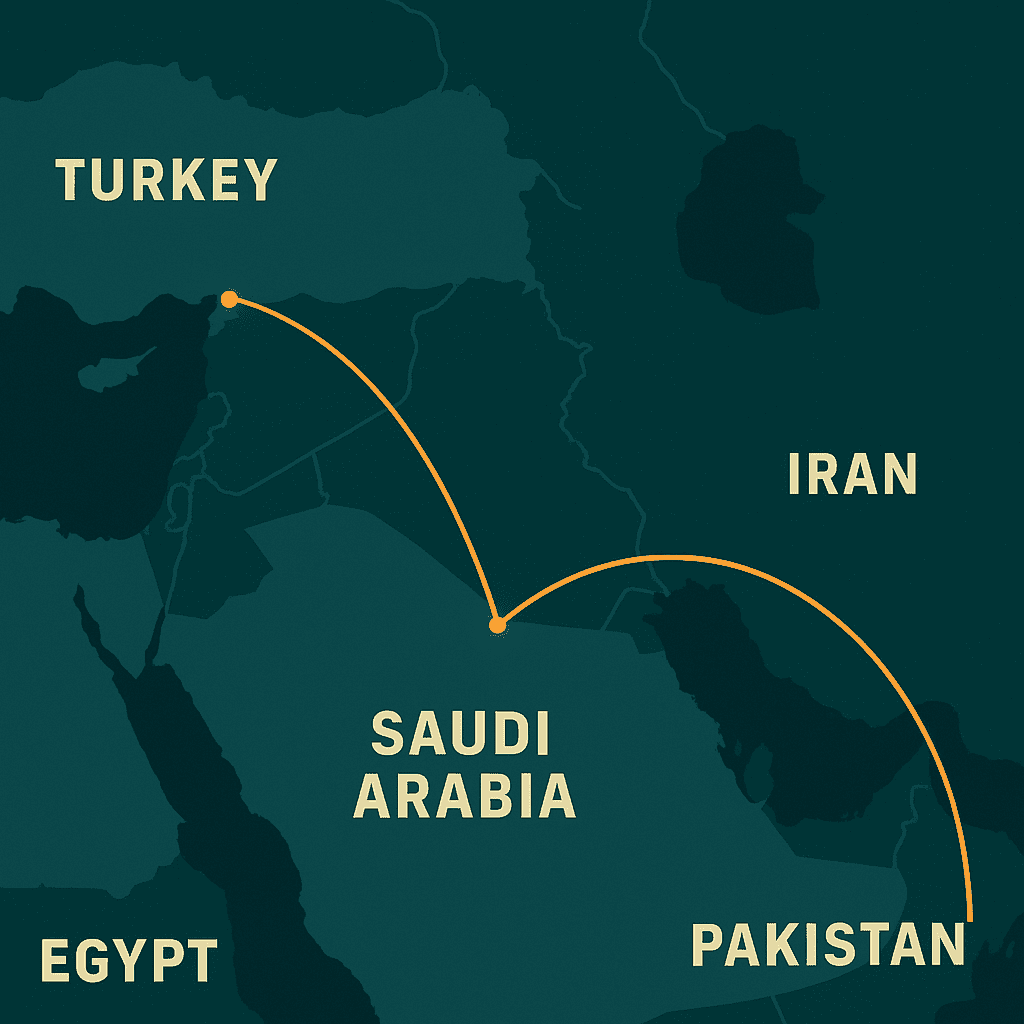
Immediate Implications: The Direct Threat to Indian Security
From a tactical standpoint, this deal presents a multi-front challenge for India.
- The Financial Lifeline to Pakistan’s Military:
Pakistan’s economy is in a dire state. Its ability to sustain a large military and fund proxy operations against India is severely constrained. Saudi investment, through this deal, effectively bankrolls the Pakistan Army. The money injected into Pakistan’s defence sector frees up its own limited resources, which can be and historically have been diverted to funding and supporting non-state actors like Lashkar-e-Taiba (LeT) and Jaish-e-Mohammed (JeM). This deal could inadvertently (or advertently) subsidize terrorism against India. - The Kashmir Conundrum:
Saudi Arabia has historically sided with Pakistan on the Kashmir issue, often at the Organisation of Islamic Cooperation (OIC). A fortified military alliance will undoubtedly embolden Pakistan’s stance. It strengthens Pakistan’s diplomatic hand, giving it a powerful patron to internationalize the issue. Furthermore, it could potentially dissuade Saudi Arabia from the recent, more balanced approach it has shown under Crown Prince Mohammed bin Salman, where bilateral trade with India ($52 billion) began to outweigh historical Pakistan-centric politics. - The “Two-Front” Pressure Perception:
While Saudi Arabia is not a direct military adversary of India, a tightly allied Saudi-Pakistan axis creates a perception of strategic encirclement. In a worst-case scenario of conflict with Pakistan, India must now consider the reactions and potential support (financial, military hardware, diplomatic) from Riyadh. This doesn’t mean a direct Saudi military entry, but it complicates India’s strategic planning, adding a layer of diplomatic pressure from a key Gulf partner. - Naval Dynamics in the Arabian Sea:
The Indian Navy views the Arabian Sea as its backyard, crucial for energy imports and trade. Enhanced Saudi-Pakistan naval cooperation, including joint patrols or basing arrangements, could challenge India’s dominance in the region. Gwadar Port (Pakistan), heavily funded by China, and potential Saudi naval access would create a nexus of interests aimed at monitoring and countering Indian naval presence.
The Chinese Angle:
- The China-Pakistan Economic Corridor (CPEC): Saudi Arabia is a stated investor in CPEC. This defence deal integrates Saudi Arabia deeper into the China-Pakistan strategic axis. Essentially, Saudi Arabia is becoming a strategic stakeholder in CPEC’s security. For India, which considers CPEC an infringement on its sovereignty (as it passes through Pakistan-occupied Kashmir), this is a alarming development. It internationalizes a project India opposes and binds a key Indian energy partner to it.
- A Triangulated Threat: This creates a de facto triangular nexus: Chinese money and technology, Pakistani manpower and geographic location, and Saudi financial capital. This combination is potent. It provides China with a trusted regional partner (Saudi Arabia) to secure its Indian Ocean interests, while Pakistan gets two powerful benefactors.
India's Strategic Choices: Navigating the New Calculus
India’s response must be nuanced, leveraging its strengths while mitigating the emerging threats. The options are not about confrontation but smart recalibration.
- Double Down on the Gulf Diplomacy:
India must accelerate its “Look West” policy. The success of India’s relationships with the UAE, Qatar, and importantly, with Saudi Arabia itself, is its strongest countermeasure. New Delhi must:
- Engage Riyadh Directly: Clearly articulate India’s concerns, emphasizing that a Pakistan empowered to spread terrorism is ultimately destabilizing for the entire region, including the Gulf.
India’s response must be nuanced, leveraging its strengths while mitigating the emerging threats. The options are not about confrontation but smart recalibration.
- Double Down on the Gulf Diplomacy:
India must accelerate its “Look West” policy. The success of India’s relationships with the UAE, Qatar, and importantly, with Saudi Arabia itself, is its strongest countermeasure. New Delhi must:
- Engage Riyadh Directly: Clearly articulate India’s concerns, emphasizing that a Pakistan empowered to spread terrorism is ultimately destabilizing for the entire region, including the Gulf.
- Leverate Economic Interdependence: Highlight the massive Indian market, remittances from 2.5 million Indians in Saudi Arabia, and investment opportunities like the West Coast Refinery project (involving Saudi Aramco). The relationship must be framed as strategically and economically more vital for Riyadh than its ties with Pakistan.
- Double Down on the Gulf Diplomacy:
.
- Accelerate Military Modernization and Indigenous Production:
The deal underscores the non-negotiable need for Atmanirbharta (self-reliance)in defence.
- Focus on Asymmetric Capabilities: Invest in technologies that can counter the collaborative advantage—cyber warfare, space capabilities, advanced missile systems (BrahMos, Agni-V), and drone technology.
- Bolster Naval Strength: The Indian Navy must be prioritized to maintain quantitative and qualitative superiority in the Arabian Sea and the Indian Ocean Region (IOR). The commissioning of indigenous aircraft carriers, nuclear submarines, and a modern fleet is paramount.
- Strengthen the Quad and IOR Partnerships:
The Chinese angle makes it imperative to deepen strategic ties with like-minded partners.
- The Quad (India, US, Japan, Australia): While not a military alliance, enhancing maritime domain awareness and security cooperation within the Quad can counterbalance the China-Pakistan-Saudi naval coordination.
- France and Israel: Continue to build on strong defence partnerships with these technologically advanced nations that are reliable suppliers, unlike the potentially fickle US.
- Maintain Offensive Deterrence on Kashmir:
India’s policy of retributive deterrence, demonstrated after Uri and Pulwama attacks, must remain credible and potent. The message to Rawalpindi GHQ must be clear: regardless of who funds your army, any misadventure will be met with a disproportionate response that inflicts unacceptable cost. The political and military resolve for this must be unambiguous.
Conclusion: A Challenge, not a Crisis
The Saudi-Pakistan defence deal is a significant strategic challenge that complicates India’s security environment. It financializes Pakistan’s threat potential and adds a new dimension to the China-Pakistan axis.
However, it is not an insurmountable crisis. India’s growing economic clout, its critical role in the Gulf’s economic stability, and its own military capabilities provide it with substantial strategic autonomy. The key lies in adept diplomacy, preventing the Riyadh-Islamabad relationship from becoming an anti-India alliance, while simultaneously preparing for a security scenario where it does.


